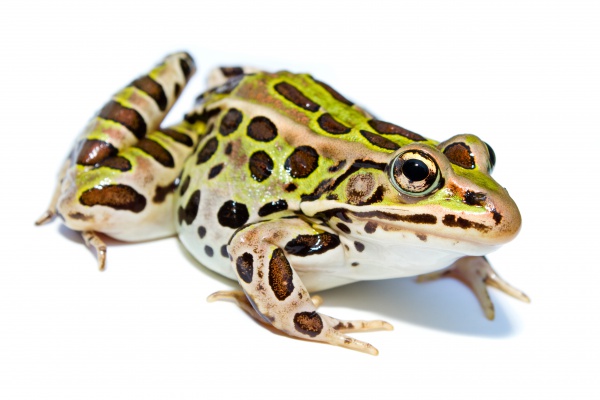Facts About Northern leopard frog
The northern leopard frog, an intriguing amphibian native to Canada and the United States, presents a striking appearance with colors ranging from green to brown, adorned with distinctive dark spots. These frogs inhabit a variety of environments, including ponds, swamps, and streams abundant in aquatic vegetation.
The breeding season occurs in the spring, during which a female can lay up to 6,500 eggs in water. The tadpoles develop within the breeding pond before metamorphosing into adult frogs.
Unfortunately, the population of northern leopard frogs experienced significant declines in the 1970s, primarily due to habitat loss, pollution, and disease.
In the wild, these frogs are preyed upon by various predators but have a diverse diet of their own, consuming insects, worms, and even smaller frogs. Beyond their ecological role, northern leopard frogs are valuable in medical research. Their oocytes contain specific enzymes with potential cancer treatment applications. Additionally, they are studied for insights into neuroscience and muscle physiology.
For those interested in keeping northern leopard frogs as pets, it is essential to provide a well-designed tank that includes both water and land areas, suitable substrate, and appropriate temperature conditions.
This species' range extends from Canada down to the United States, reaching as far south as Kentucky and New Mexico. They can also be found in Panama, thriving in grasslands, lakeshores, and marshes.

 Belize
Belize